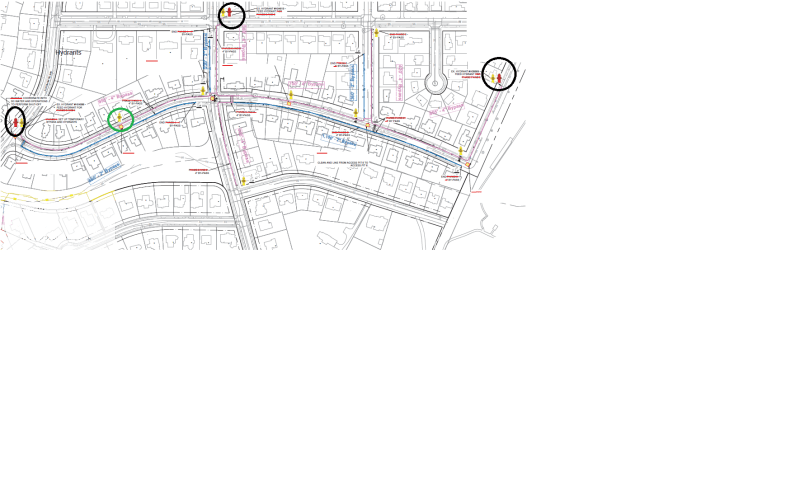linemesomepipe
Civil/Environmental
Rookie at this group and hydraulics isn't my forte. Got presented with a problem. Setting up a temporary bypass above ground system for potable water. Our feed hydrant is 4inch, connected via a 2inch backflow preventer into a 4inch temporary bypass (PVC). The feed hydrant static pressure is 80PSI. No bypass has been laid at and we had a meeting with the fire dept last week and they stated a requirement of 500GPM. I'd say the total bypass length is 1000ft and is feed by 3 hydrant feed- all at 80psi within the perimeter of the project. If I were to gauge the flow rate at a temporary hydrant of 4inch size that is connected to the temporary bypass, what pressure can I expect? Please let me know if any further info required but these are all that's give to me. Thank you


